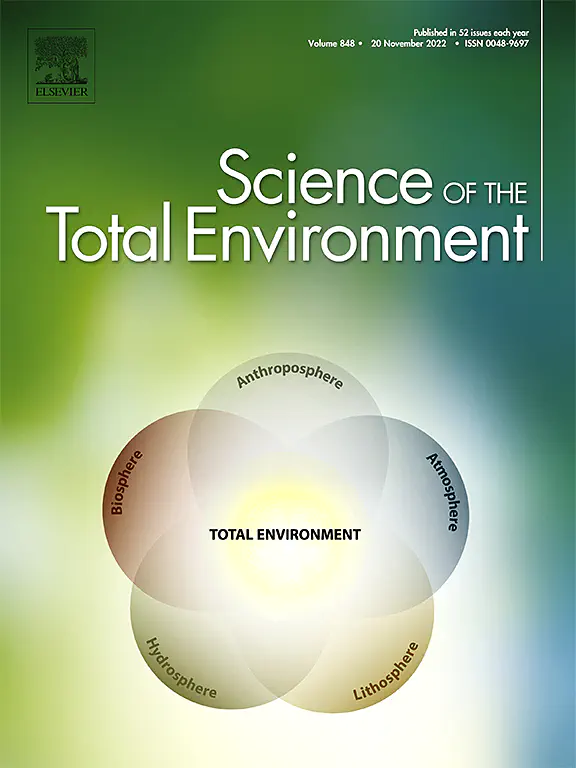Assessing the effects of temperature and salinity oscillations on a key mesopredator fish from European coastal systems

Abstract
A population dynamics model was developed to assess the short and long-term effects of temperature and salinity variations in the common goby Pomatoschistus microps in a Portuguese estuary (Minho estuary, NW Portugal). The population was divided into juveniles, females and males, which constituted the model’s state variables. Linear regressions between the observed and the predicted density of juveniles, females and the total population were significant. Parameter’s sensitivity and uncertainty analysis were estimated. The model was able to satisfactory describe the P. microps population dynamics, and thus was used to simulate the effects of climatic changes on the fish population. Simulations indicated that the common goby population is sensitive to both temperature and salinity changes. Overall, scenarios of +4 °C increase caused significant population decreases. Similarly, increased salinities led to a population shrinkage, whereas scenarios of salinity decrease generated an opposite variation on the population. According to the IPCC predictions for climatic tendencies, the population of the common goby will tend to decrease in the near future, experiencing marked oscillations (decrease or increase) during climatic extremes, namely droughts and floods, respectively. These results may be a useful tool for future planning and management of estuarine systems given that the common goby is an important species of estuarine food webs in many temperate ecosystems.